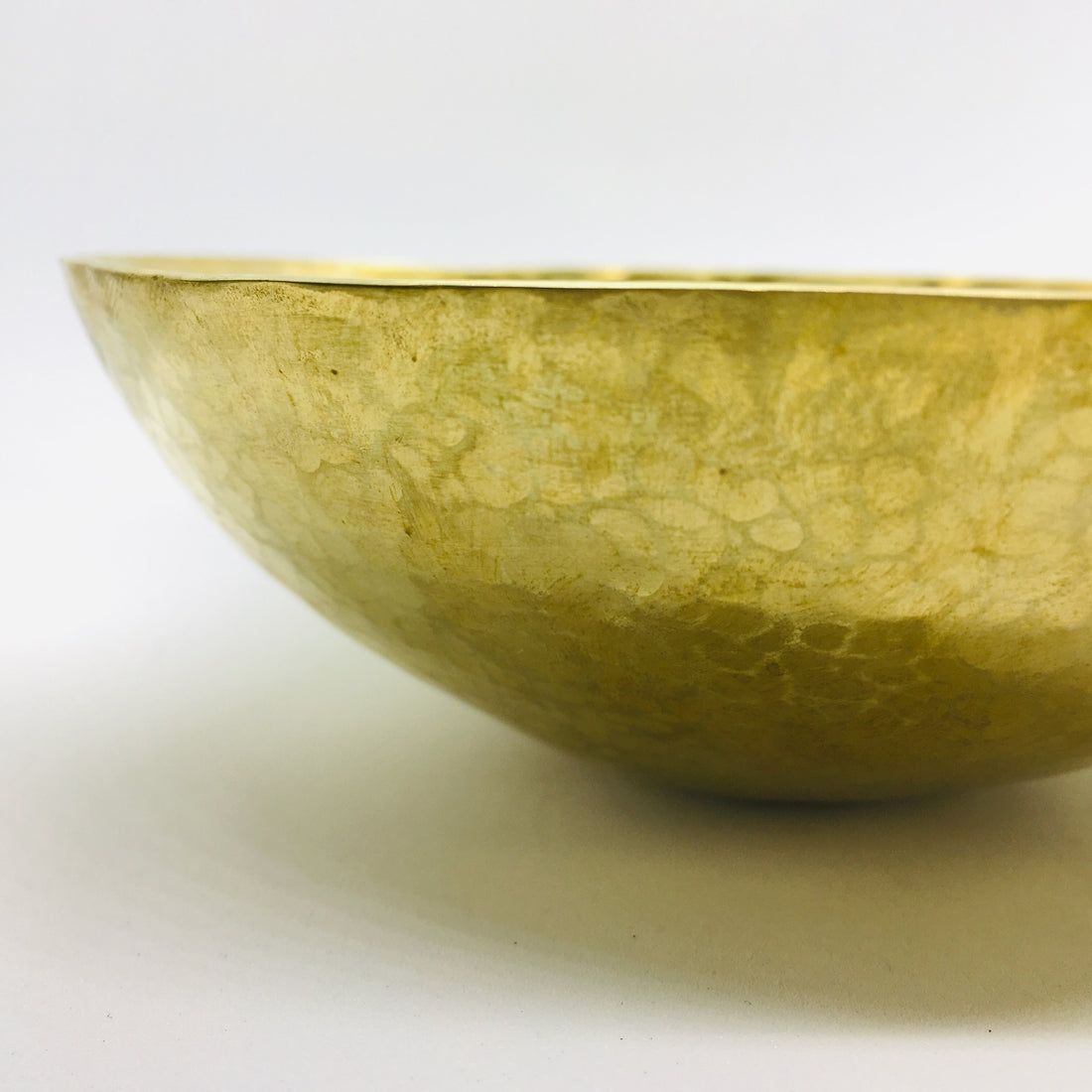More Blogs by Rahaima
- Top 3 Ways to Clean Silver by Rahaima
- What is Silversmithing? by Rahaima
- Cubic Zirconia Vs Lab Grown Diamonds by Rahaima
- Top 5 Hammers used in Silversmithing by Rahaima
Welcome to my store

Brass is made from a mixture of Copper, (CU) and Zinc (Zn). The percentage used of each element can vary, but in majority of case the majority (over 51%) is normally copper (CU).
Brass is made from a combination of metals primarily of copper and zinc, although other metals such as tin, aluminium, or lead may also be added in smaller amounts to achieve specific properties or colours. The process of making brass typically involves the following steps:
The first step in making brass is melting the copper and zinc in a furnace. The proportions of copper and zinc used in the alloy can vary depending on the desired properties of the final brass.
Once the copper and zinc have melted, they are mixed together thoroughly to ensure a homogeneous alloy. This may involve stirring the molten metal or using mechanical means to mix the components.
Depending on the desired composition and properties of the brass alloy, other metals or elements may be added at this stage. For example, small amounts of tin may be added to improve machinability, or aluminium may be added to increase corrosion resistance.
After the alloy has been mixed and adjusted as necessary, it is poured into molds to form the desired shape. This can be done through casting processes such as sand casting or die casting, or through other forming methods such as extrusion or forging.
Once the brass has been formed into the desired shape, it is allowed to cool and solidify. Depending on the application, additional finishing processes such as polishing, plating, or coating may be applied to the brass to improve its appearance or enhance its properties.
Yes! As brass is made from Copper and Zinc it will scratch!
While brass is made from relatively durable metals, it is not as hard as some other metals like steel or titanium. As a result, it is susceptible to scratching when it comes into contact with harder materials or abrasive surfaces.
Brass is made from combining copper and zinc.
Bronze is made from combining copper and Tin.
Brass is generally considered to be more malleable than Bronze which contains copper and tin, rather than Brass which is made up of Copper and Zinc.
As brass is made from Copper and Zinc and doesn't rust in the same way as say steel because it doesn't contain iron. Rust is a specific type of corrosion that occurs when iron or iron alloys are exposed to oxygen and moisture, forming iron oxide.
However, brass can corrode under certain conditions. Instead of rusting, brass undergoes a process called tarnishing, where its surface reacts with oxygen and sulphur-containing compounds in the air to form a patina or tarnish layer. This layer can appear as a dull, brownish or green coating on the surface of the brass.
While tarnishing is a form of corrosion, it doesn't cause the same structural degradation as rust does in iron-based metals. In fact, some people appreciate the aged or antique look that tarnished green brass can give to objects.

(Image of tarnished Brass - the green / brown / black marks are Tarnish)
To prevent tarnishing and maintain the appearance of brass objects, regular cleaning and polishing can help remove tarnish and restore shine. Additionally, storing brass items in a dry environment away from moisture and humidity can help slow down the tarnishing process.
Brass is made of Copper and Zinc. Usually brass has more than 51% copper in its combination of copper and Zinc, making copper the majority metal in brass.
Since brass has a majority of copper in it’s combination, brass is more likely to have a yellow, gold look or effect about it.
To make brass look like silver, the brass would need to be dipped or coated in silver metal. This means that a thin layer of silver covers and conceals all of the brass.
The silver can be removed, rubbed off or even chipped, exposing the yellow brass underneath the silver.
Yes, brass jewellery can tarnish over time due to exposure to air, moisture, and other environmental factors. The rate at which tarnishing occurs can vary depending on the specific conditions in which the jewellery is worn and stored.
Factors such as humidity, air pollution, and exposure to substances like sweat, lotions, or perfumes can accelerate the tarnishing process.
What is Brass made from? Brass involves melting copper and zinc together, adjusting the composition as needed, forming the alloy into the desired shape, and finishing it to achieve the desired properties and appearance.